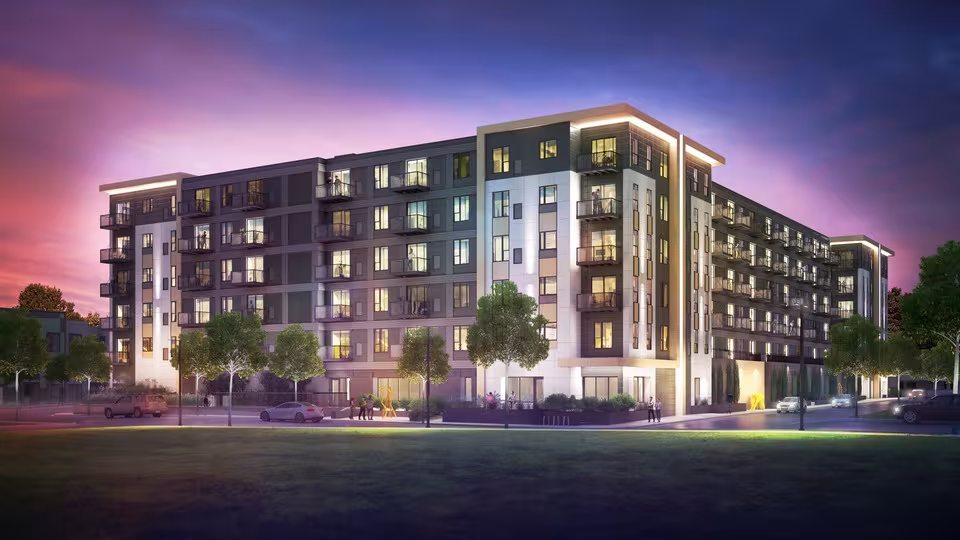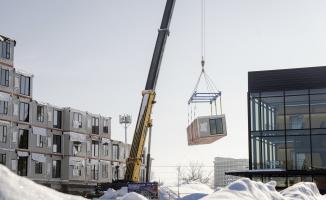Modular Construction Can Ease Budgets, Timelines

A version of this piece was originally published in Western Multifamily and Affordable Housing Business. To read the full article, click HERE.
We live in unprecedented times. Decades of complex market cycles combined with recent world events such as COVID-19, political volatility, the labor shortage and disruptions in our global supply chain are creating a challenging landscape for affordable and market-rate multifamily investors, developers and designers.
With these obstacles also come opportunities to innovate and affect meaningful change. The key will be identifying and pursuing solution-oriented pathways that will likely fall outside the scope of the status quo.
As architects and designers, we recognize our critical role — alongside developers, owners, policymakers and other stakeholders — in finding and building upon many of these solutions to ultimately deliver much-needed quality housing with more affordable options.

Turning Theory to Action
We are currently working on a multifamily project utilizing modular construction. Pentagon Village, located near Minneapolis, will consist of 200 units that are a combination of market-rate and affordable apartments. The project is slated for completion by the end of January 2023.
Using modular, the construction timeline for this community is expected to be about one year shorter than that of comparable properties utilizing traditional methods. That said, our design approach has differed from traditional projects. For instance, we have executed an “inside-out” approach that meant more interior decisions were made earlier on in the process.
We’ve found that even the most minute details of a space, from appliances down to toilet paper holders, should be decided upon and ordered at the beginning of the design and construction process. This requires detailed planning, organization and vision.
Modular design could lend itself to the success and sustainability of future construction needs on a macro level.
Jeffrey Schoeneck
Executive Director | Live
Once constructed, the phase of diligent planning pays off, and in the end, modular still has the potential to result in less wasted material, time and energy. Of course, small creases must be smoothed out to perfect the craft of modular construction, but the opportunities at hand are abundant and prescient. We anticipate the industry sentiment toward modular construction will be increasingly positive in the long term as it continues to coincide with where the market seems to be headed: fewer people in the trade workforce and widespread inflation.
This “modular moment” gives architects and designers a fascinating window to serve as the essential problem solvers and counterparts of the modular evolution. Their role in modular design could lend itself to the success and sustainability of future construction needs on a macro level.
It is all about opening our eyes to the solutions that already exist and taking the lead in this underlying transformation of intersecting industries.
